


Sand casting is a very widely used casting method in the foundry industry. Because the sand it uses can be reused, and the production of sand molds and sand cores is relatively simple, it is widely used.
The process of sand casting may be slightly different due to the use of different sands. The overall process can be summarized as 6 steps:
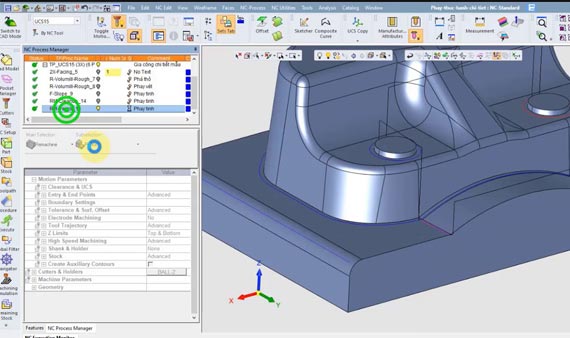
Use 3D drawing software to draw product drawings according to the dimensions of the provided casting samples.

Use plastic, wood, metal, and other materials to make molds according to drawings. In this process, we need to make the size of the mold slightly larger than the finished product, and the difference is called the shrinkage margin. The purpose of which is that the molten metal acts on the mold to ensure that the molten metal solidifies and shrinks, thereby preventing voids during casting.
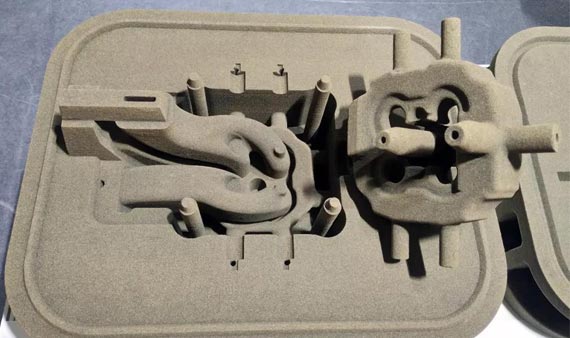
Place Sand in a mold to form a casting of the interior surface. The void between the sand core and the mold creates the casting after the metal has been poured.
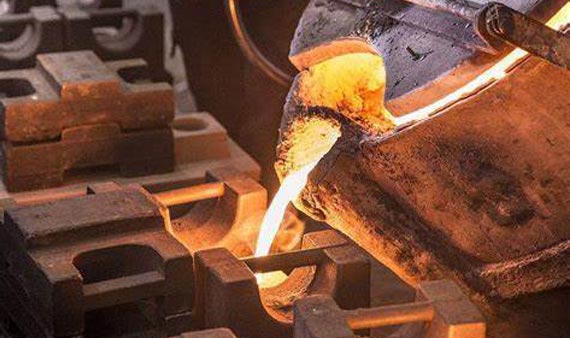
Pour molten metal into the cavity along with the sprue, and wait for the liquid metal to be cooled and solidified.
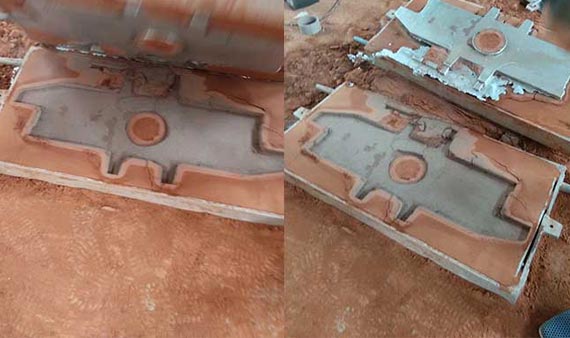
Remove the cooled sand mold, take out the cooled casting, and remove the residual sand on the surface of the casting.
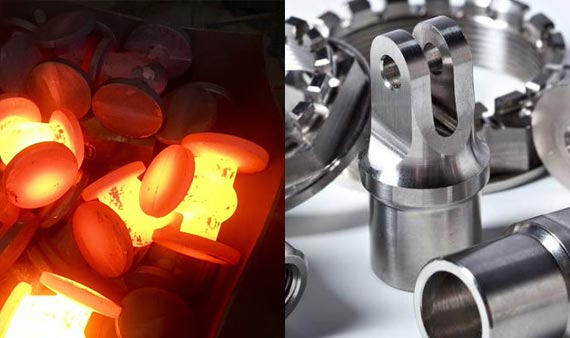
The resulting castings are further processed, including heat treatment, machining, surface treatment, and so on.

